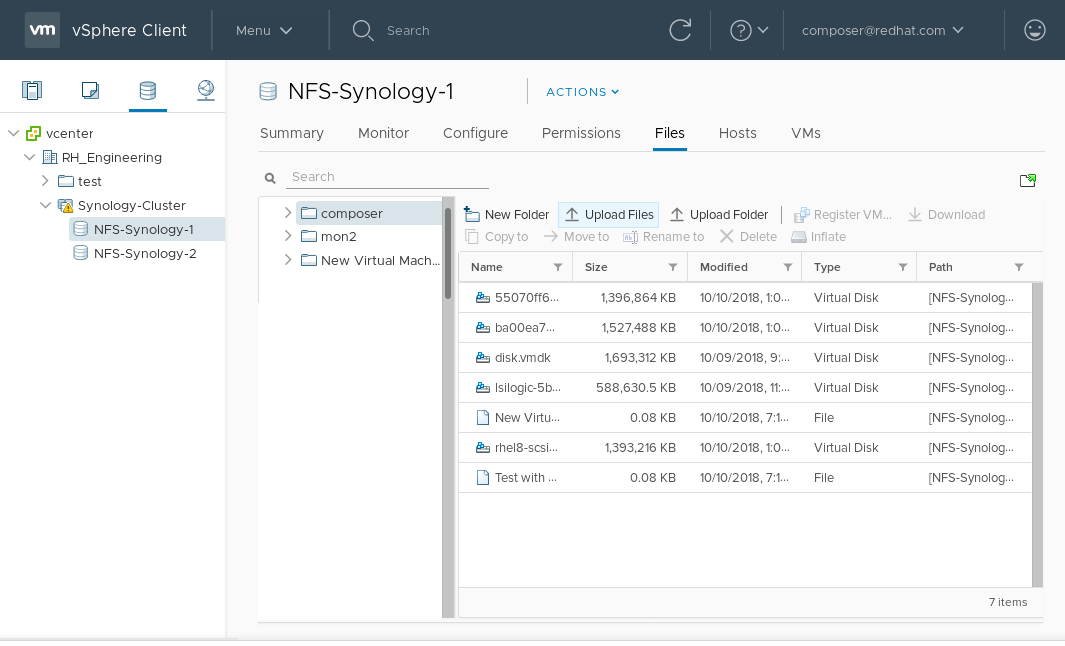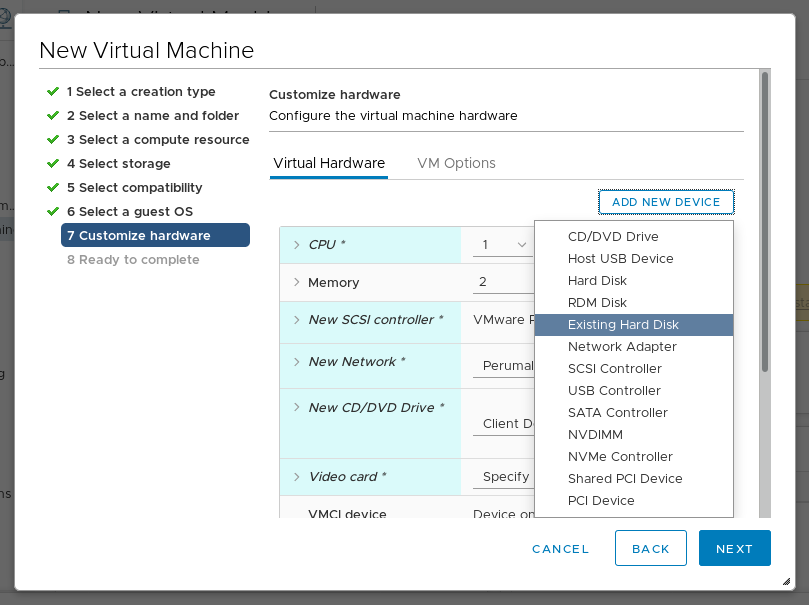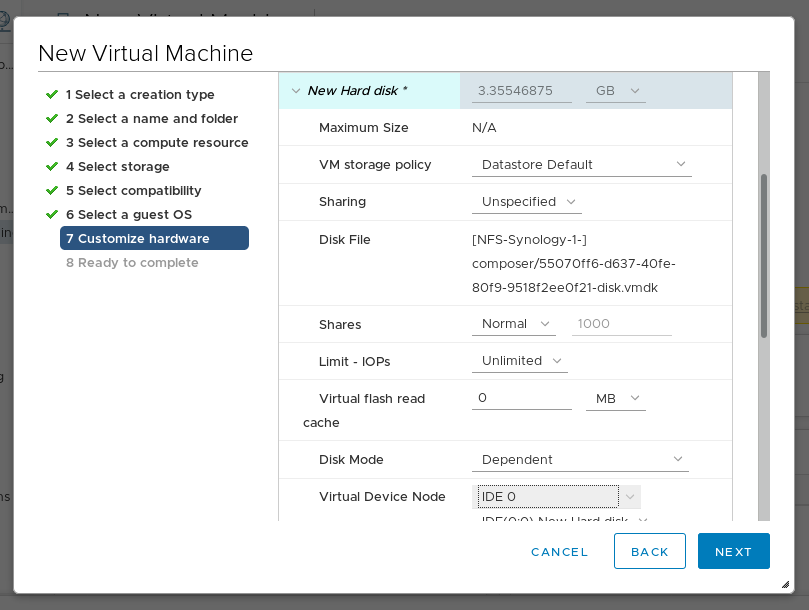Pushing composed images to vSphere
Weldr aka. Composer can generate images suitable for uploading to a VMWare ESXi or vSphere system, and running as a virtual machine there. The images have the right format, and include the necessary agents.
Prerequisites
We’ll use Fedora 29 as our OS of choice for running this. Run this in its own VM with at least 8 gigabytes of memory and 40 gigabytes of disk space. Lorax makes some changes to the operating system its running on.
First install Composer:
$ sudo yum install lorax-composer cockpit-composer cockpit composer-cli
Next make sure to turn off SELinux on the system. Lorax doesn’t yet work properly with SELinux running, as it installs an entire OS image in an alternate directory:
$ sudo setenforce 0
$ sudo sed -i 's/^SELINUX=.*/SELINUX=permissive/' /etc/selinux/config
Now start lorax-composer system service:
$ sudo systemctl enable --now lorax-composer.socket
If you’re going to use Cockpit UI to drive Composer (see below), you can also enable it like this:
$ sudo systemctl enable --now cockpit.socket
$ sudo firewall-cmd --add-service=cockpit && firewall-cmd --add-service=cockpit --permanent
Compose an image from the CLI
To compose an image in Composer from the command line, we first have to have a blueprint
defined. This blueprint describes what goes into the image. For the purposes of this
example we’ll use the example-http-server blueprint, which builds an image that
contains a basic HTTP server.
Because VMWare deployments typically does not have cloud-init configured to
inject user credentials to virtual machines, we must perform that task ourselves on
the blueprint. Use the following command to extract the blueprint to a example-http-server.toml
file in the current directory:
$ composer-cli blueprints save example-http-server
Add the following lines to the end of the example-http-server.toml file to set
the initial root password to foobar. You can also use a crypted password
string for the password or set an SSH key.
[[customizations.user]]
name = "root"
password = "foobar"
key = "..."
Now save the blueprint back into composer with the following command:
$ composer-cli blueprints push example-http-server.toml
We run the following command to start a compose. Notice that we pass the image type
of vmdk which indicates we want an image appropriate for pushing to
VMWare in the Virtual Machine Disk format.
$ sudo composer-cli compose start example-http-server vmdk
Compose 55070ff6-d637-40fe-80f9-9518f2ee0f21 added to the queue
Now check the status of the compose like this:
$ sudo composer-cli compose status
55070ff6-d637-40fe-80f9-9518f2ee0f21 RUNNING Mon Oct 8 11:40:50 2018 example-http-server 0.0.1 vmdk
In order to diagnose a failure or look for more detailed progress, see:
$ sudo journalctl -fu lorax-composer
...
When it’s done you can download the resulting image into the current directory:
$ sudo composer-cli compose image 55070ff6-d637-40fe-80f9-9518f2ee0f21
55070ff6-d637-40fe-80f9-9518f2ee0f21-disk.ami: 4460.00 MB
Pushing and using the image
You can upload the image into vSphere via HTTP, or by pushing it into your shared VMWare storage. We’ll use the former mechanism. Click on *Upload Files’ in the vCenter:

When you create a VM, on the Device Configuration, delete the default New Hard Disk and use the drop down to select an Existing Hard Disk disk image:

And lastly, make sure you use an IDE device as the Virtual Device Node for the
disk you create. The default is SCSI, which will result in an unbootable virtual
machine.
